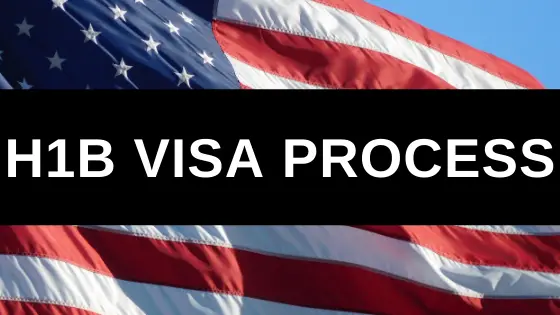The H-1B visa is a non-immigrant visa that allows U.S. companies to employ foreign workers in specialty occupations that require theoretical or technical expertise. It is highly sought after by professionals in fields such as IT, engineering, finance, and healthcare. This comprehensive guide will help you understand the H-1B visa process, from eligibility to application and approval.
1. Understanding the H-1B Visa
The H-1B visa is designed for foreign professionals who wish to work in the United States. It is valid for three years and can be extended up to six years. The H-1B visa cap is set at 65,000 visas per fiscal year, with an additional 20,000 visas for applicants with a master’s degree or higher from a U.S. institution.
2. Eligibility Requirements
To qualify for an H-1B visa, you must meet the following criteria:
- Specialty Occupation: The job must require a bachelor’s degree or higher in a specific field.
- Employer-Employee Relationship: A U.S. employer must hire you.
- Qualifications: You must have a relevant degree or equivalent experience.
- Prevailing Wage: Your employer must pay the prevailing wage for the position in the geographical area.
3. Application Process
Step 1: Employer Sponsorship
Your prospective employer must be willing to sponsor you for the H-1B visa. This involves filing a Labor Condition Application (LCA) with the Department of Labor (DOL).
Step 2: Labor Condition Application (LCA)
The employer files the LCA to attest that they will pay the prevailing wage and provide working conditions that will not adversely affect other workers.
Step 3: Filing the Petition
After the LCA is certified, the employer files Form I-129, Petition for a Nonimmigrant Worker, with the U.S. Citizenship and Immigration Services (USCIS).
Step 4: Lottery Selection
Due to high demand, USCIS conducts a lottery if the number of petitions exceeds the annual cap. If selected, your petition will be processed.
Step 5: Visa Stamping
Once the petition is approved, you apply for the H-1B visa at a U.S. embassy or consulate in your home country.
Step 6: Entry to the U.S.
Upon visa approval, you can travel to the U.S. and start working for your employer.
4. Important Dates and Deadlines
April 1: USCIS begins accepting H-1B petitions for the next fiscal year.
First Week of April: Deadline to submit petitions to be included in the lottery.
October 1: Start of the fiscal year and earliest date for H-1B visa holders to begin working.
5. Tips for a Successful Application
- Start Early: Begin the process well in advance to gather all required documents.
Stay Informed: Keep updated on changes in H-1B policies and procedures. - Seek Legal Assistance: Consider hiring an immigration attorney to navigate complex legal requirements.
- Prepare Thorough Documentation: Ensure all your documents, including educational credentials and work experience letters, are accurate and complete.
6. Alternatives to the H-1B Visa
If you do not secure an H-1B visa, consider other options such as:
- L-1 Visa: For intra-company transferees.
- O-1 Visa: For individuals with extraordinary ability or achievement.
- F-1 Visa with OPT: For students graduating from U.S. institutions with Optional Practical Training.
Conclusion
The H-1B visa process can be complex and competitive, but with thorough preparation and understanding, you can navigate it successfully. Start early, stay informed, and consider professional guidance to increase your chances of securing an H-1B visa.









